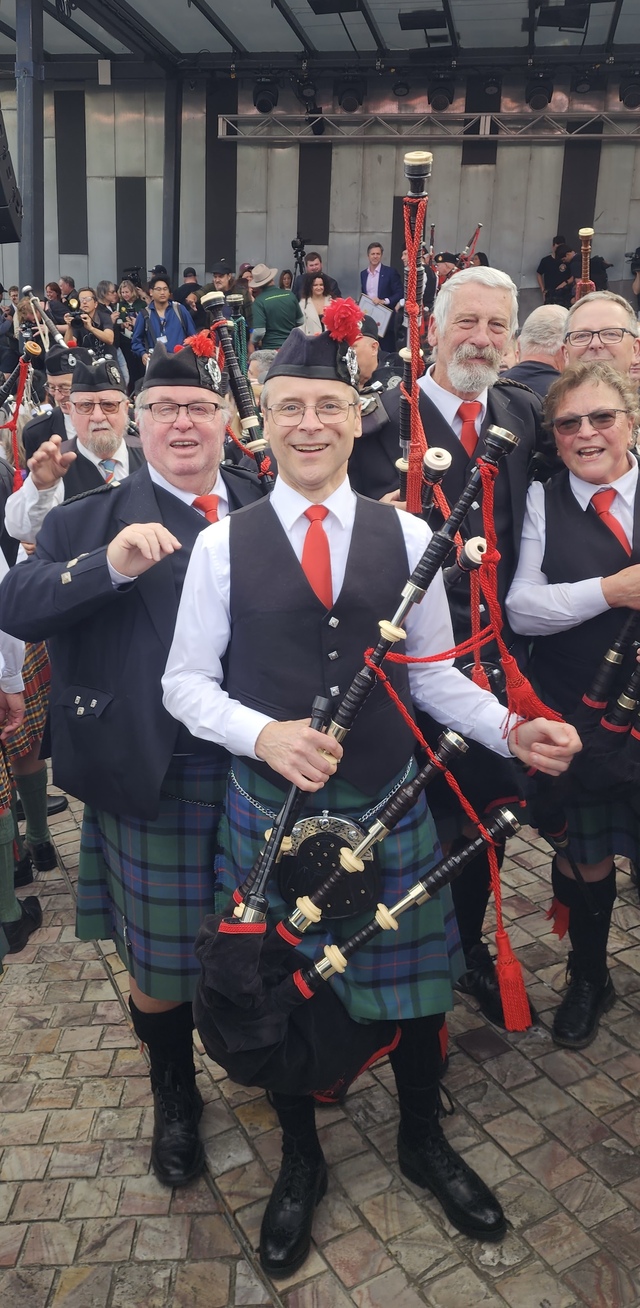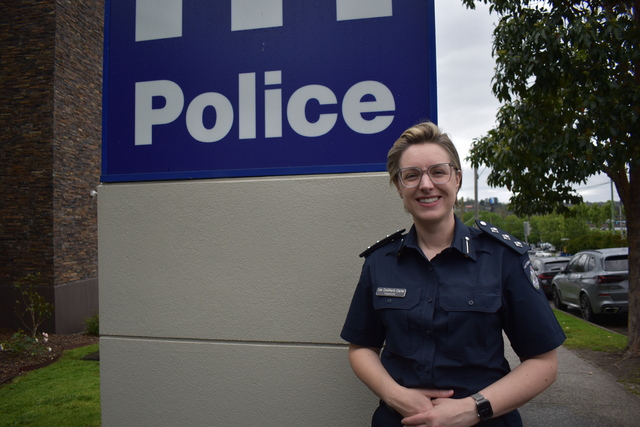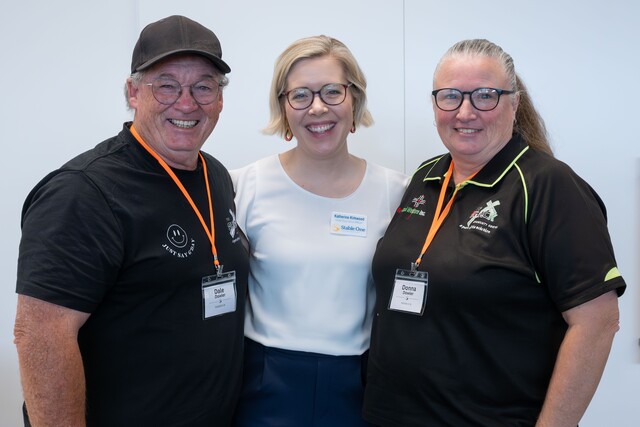By Casey Neill
MARION Wheatland braved the unpredictable weather of the world’s harshest continent on Boxing Day to honour a legendary Australian explorer.
The Wandin spinning teacher took her wheel ‘Hero’ on a cruise to Antarctica where she made yarn outside Sir Douglas Mawson’s huts to raise money for its $600,000 a year preservation.
Ms Wheatland planned to ply the yarn on the Southern Ocean, knit a replica of Mawson’s balaclava in New Zealand and auction it in Australia.
“And I’m Canadian – so it’s an international project,” she said.
Next December marks 100 years since Australian geologist Mawson set out on the Australasian Antarctic Expedition in 1911.
Mawson, Xavier Mertz and Lieutenant BES Ninnis began their final mission in 1912.
Ninnis fell down a crevasse with most of their supplies 1000 kilometres into the trek.
Mertz succumbed to vitamin A poisoning after the pair ate their dogs, leaving Mawson with 210 kilometres to go alone.
“They had to be there by 15 January, but he didn’t get there until February,” Ms Wheatland said.
“As he got back to base he saw this little tiny ship on the horizon – they’d left.
“After all that struggle, all that hardship – almost dying, losing his friends – to get to the base and see your salvation sailing away.”
The captain left six men on the land in case Mawson returned.
They waited a year to be rescued. His efforts earned Australia a claim to 42 per cent of the continent. “Sir Douglas Mawson’s story is a really amazing one and it’s part of our history,” she said.
“It’s part of our national identity. It’s part of who we are as Australian people.
“I might be Canadian by birth but I’m Australian by heart and I want to make sure that people are aware of Sir Douglas Mawson and his contribution to our country.”
Ms Wheatland’s father died three years ago, leaving her instructions to do something extravagant with her inheritance.
She planned a trip to Antarctica and her brother dared her to take her spinning wheel.
Ms Wheatland has a long-held fascination for wool that eventually led her to spinning, and now teaches the craft at Mont De Lancey Historic Homestead in Wandin.
Spinning in freezing temperatures no doubt provided new challenges.
“When you’re using your spinning wheel, you’re using your fingers, and I have worked out a way that I can spin and have no skin exposed,” she said.
She planned to wear a ski glove on one hand with a plastic knit palm, and fingerless gloves with a mitten flap over the top.
“I can hear the fibres come across the plastic and I can feel through the fabric the number of fibres I need to put into the machine,” she said.
She’s practised in minus five degrees at Mount Hotham, inside a minus 18 degree freezer, tested how different fibres react to minus 10 degrees in Chill On Ice Lounge, and taken a boat to Tasmania to check her sea legs.
Visit www.spinningyarninantarctica.com to support Ms Wheatland’s fund-raising effort.
Some spin on the ice- Marion Wheatland and her wheel ‘Hero’ are taking a spin on the Antarctic ice to restore a piece of Australian history. 55836 Picture: Nigel Clements
Digital Editions
-

Study finds oversight, accountability and transparency lacking in global wildlife trade
A new study by researchers from universities and research institutions across Australia, the United States, Europe and South America has expressed concern about the lack…





